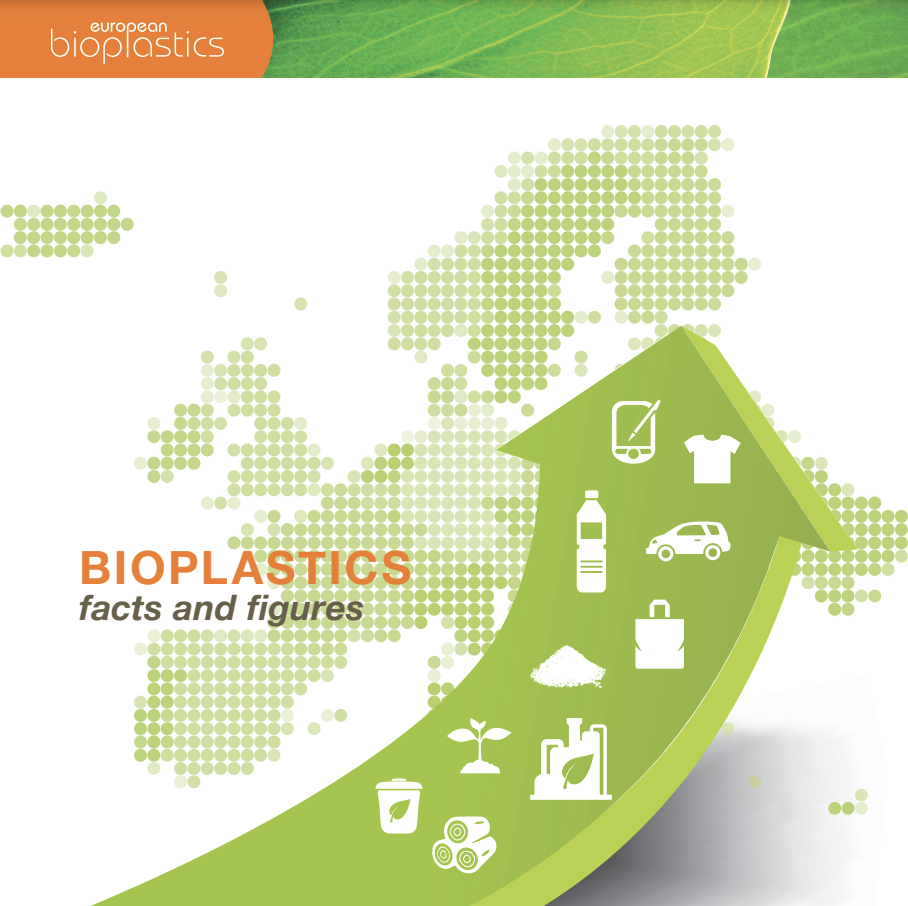Plastics are an integral part of our modern life. They play an essential role in providing, protecting, and delivering high-quality products in pretty much every market segment to consumers around the world. Today, there is a bioplastic alternative for almost every conventional plastic material and corresponding application. Bioplastics – plastics that are biobased, biodegradable, or both – have the same or similar properties as conventional plastics but offer additional benefits, such as a reduced carbon footprint, better functionalities, or additional waste management options, such as organic recycling.
Biobased plastics have the unique advantage over conventional plastics to reduce the dependency on limited fossil resources and to reduce greenhouse gas emissions. Currently, bioplastics represent less than one percent of the more than 390 million tonnes of plastic produced annually . But as demand is rising and with more sophisticated materials, applications, and products emerging, the market is growing dynamically.
On the one hand, the growing environmental awareness of consumers as well as the knowledge about the finite nature of the planet’s fossil resources are spurring the demand for bioplastic materials and products. On the other hand, big brands and manufacturers are looking for innovative ways to reduce their environmental footprint and are tapping into the many benefits and advanced technical properties bioplastics have to offer.
The bioplastics industry is fast-growing and innovative, and it has the potential to decouple economic growth from resource depletion and environmental impact. The European Commission has recognised the essential role of bioplastics in the bioeconomy and their potential to accelerate the transition to a circular economy. European Bioplastics, the association representing the interests of the bioplastics industry in Europe, is working closely with the European institutions and all other relevant stakeholders to shape the economic and policy landscape in Europe in which the bioplastics industry can thrive. This brochure will give you an overview of the bioplastics industry, the market development, and the work of European Bioplastics.
